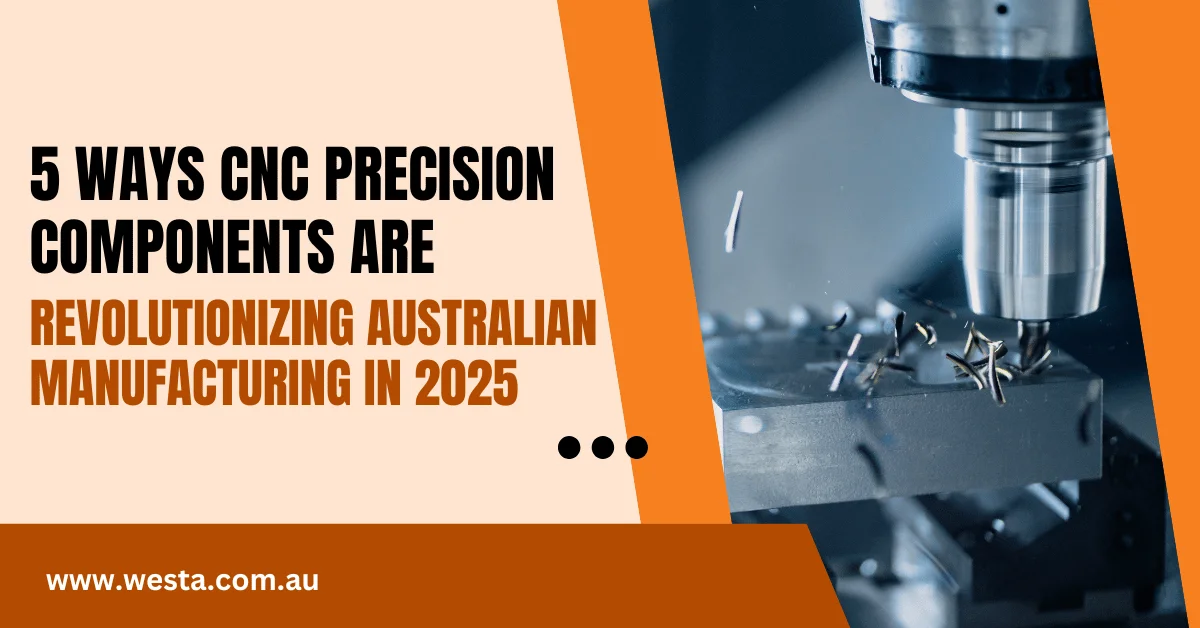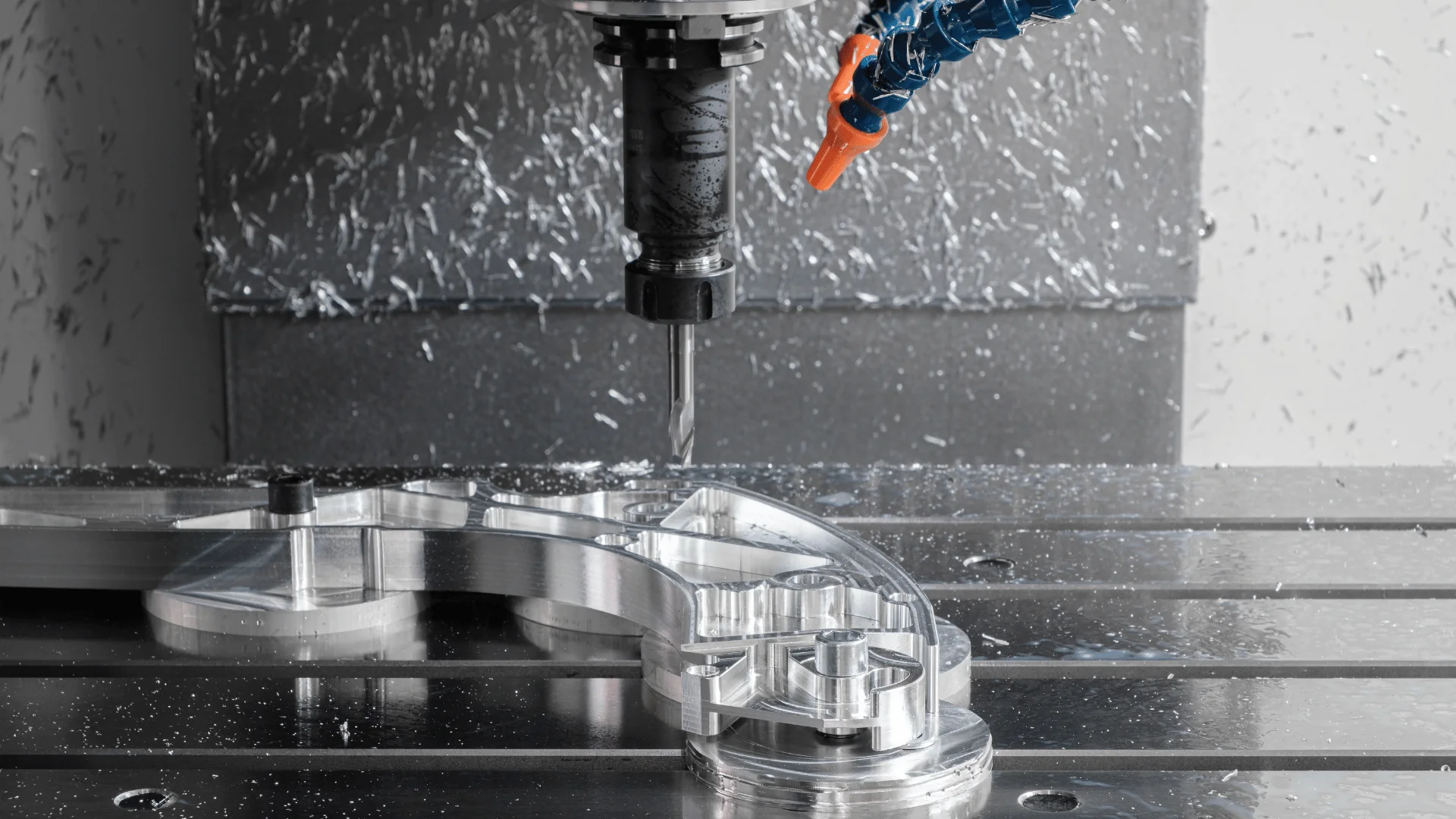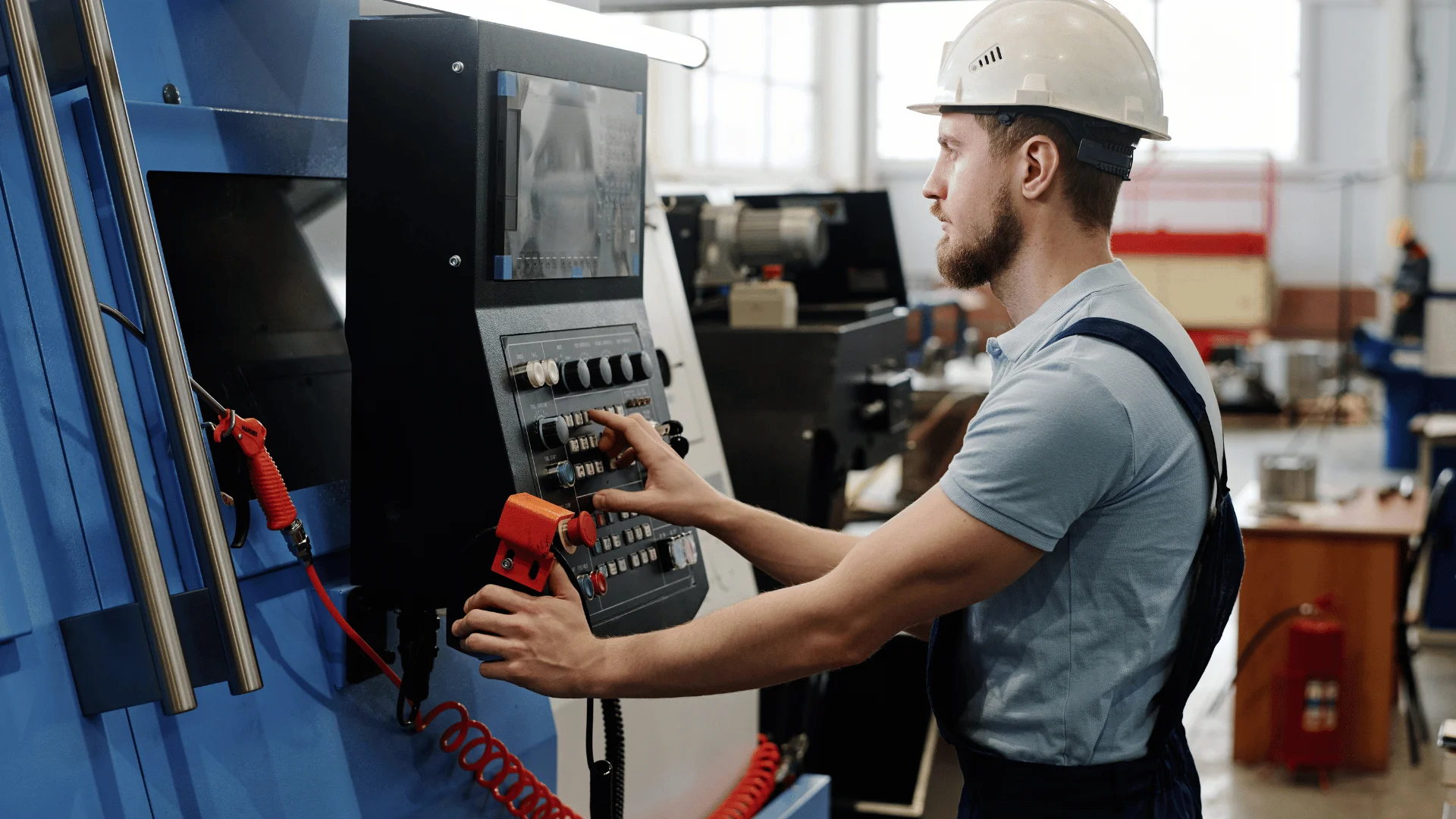We Offer Revolution Of Industrial Engineering
More Information
+91 9911757222
+91 9911757222

The manufacturing landscape has transformed dramatically over the past decade, with precision components playing an increasingly crucial role across industries. What was once considered exceptional tolerance is now standard, and the capabilities of modern CNC machining continue to expand at a remarkable pace.
During a recent visit to a manufacturing facility in Melbourne, their production manager showed me components they’re producing for next-generation electric vehicles. “Ten years ago, these parts would have been impossible to manufacture consistently,” he explained. “Today, we’re producing thousands with virtually zero defects.”
This precision revolution isn’t just technical showmanship – it’s transforming product performance across industries that Westa serves:


Extended Product Lifespan: Components with tighter tolerances create better-fitting assemblies with reduced vibration, less wear, and significantly longer operational lifespans. A mining equipment manufacturer reported a 40% increase in component lifespan after upgrading to higher-precision parts.
Weight Reduction Without Compromise: Precision machining allows engineers to remove excess material with confidence, knowing that structural integrity won’t be compromised. An Australian automotive components supplier recently redesigned mounting brackets using high-precision CNC processes, maintaining identical strength while reducing weight by 23%.
Enhanced Energy Efficiency: Tighter tolerances mean less friction, better sealing, and improved thermal management – all contributing to significant energy efficiency gains. Hydraulic systems benefit enormously from precision components, with some modern systems achieving efficiency improvements of 15-20%.
Complex Geometries Made Possible: Today’s multi-axis CNC machines can create geometries that would have been impossible just a few years ago. An irrigation equipment manufacturer redesigned their pump impellers using complex, precision-machined geometries, increasing water flow by 12% while reducing energy consumption by 9%.
Micro-Manufacturing Breakthroughs: Perhaps most exciting is the emergence of micro-manufacturing – the ability to create incredibly small precision components for applications like medical devices and electronics. I recently observed a demonstration where a CNC system produced functional gears smaller than a grain of rice.
What sets Westa apart in this precision revolution is our continuous investment in cutting-edge CNC technology combined with our team’s decades of manufacturing expertise. Our clients across mining, energy, and industrial sectors consistently report that our precision components outperform alternatives in the most demanding applications.
The competitive advantage of working with an Australian manufacturer like Westa extends beyond just component quality. Our clients benefit from faster turnaround times, more responsive technical support, and the ability to collaborate directly with our engineering team on custom solutions. This partnership approach has proven particularly valuable for companies developing new products or optimizing existing systems for improved performance.
As we move through 2025, the precision component landscape continues to evolve. For businesses relying on precision components, the message is clear: yesterday’s specifications are no longer competitive. Working with manufacturing partners who have embraced the latest precision capabilities isn’t just about quality – it’s about unlocking new possibilities for product performance, efficiency, and innovation.

WESTA Global
25 FINANCE PLACE MALAGA , WA 6090
83-84, DDA Market, J Block,
Vikaspuri, New Delhi 110018
+91 9911757222
hellowesta@gmail.com
teamtradesate@gmail.com
+61 433 560 490
TRADESATE Pvt. Ltd.
B11/226, Sri Hargobindpur, Punjab 143515
Copyright © 2024 WestaGlobal.